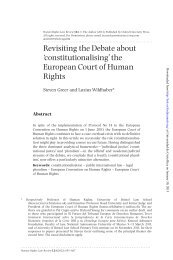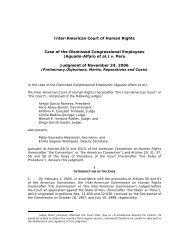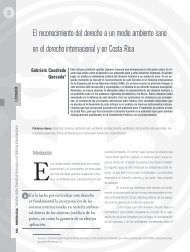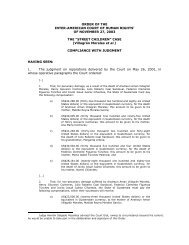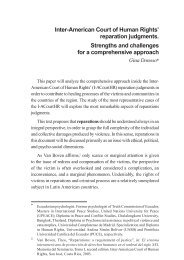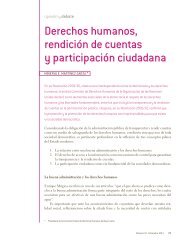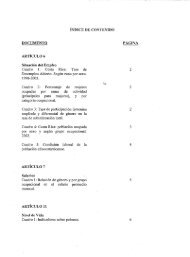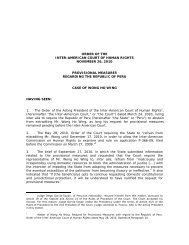The Political Economy of Japan Bradley M. RICHARDSON
The Political Economy of Japan Bradley M. RICHARDSON
The Political Economy of Japan Bradley M. RICHARDSON
- No tags were found...
Create successful ePaper yourself
Turn your PDF publications into a flip-book with our unique Google optimized e-Paper software.
farm. Many persons moved to city apartments too small to accommodate agedparents. <strong>The</strong> proportion <strong>of</strong> elderly living with their children declined because <strong>of</strong> thesetrends, at the same time that the proportion <strong>of</strong> older people in the population was onthe increase. In some senses, jobs in industry and services, which increased innumber as the economy grew, also provided less security than traditional rural life.<strong>The</strong> LDP itself experienced substantial electoral losses as the populationbecame more mobile and persons with urban occupations (and therefore <strong>of</strong>tenopposition party attachments) spilled out <strong>of</strong> the cities into surrounding areas. <strong>The</strong>LDP's loss to opposition party candidates <strong>of</strong> many city mayorships and urbanprefecture governorships was especially vexing. Opposition control <strong>of</strong> localgovernments itself led to expansion <strong>of</strong> social welfare services in a number <strong>of</strong>important cases. <strong>The</strong> political events in local politics and structural change created awindow <strong>of</strong> opportunity for policy change. However, it was mainly bureaucrats and notLDP leaders who took advantage <strong>of</strong> this opening to propose significant increases inmedical insurance coverage for the aged and other social welfare systemimprovements (114).Trade Successes, Trade Issues, Liberalization and the Partial Dismantling <strong>of</strong>the Developmental State. Indicative economic planning has continued in <strong>Japan</strong>although the rhetoric <strong>of</strong> plans from the mid-1960s on increasingly has stressedeconomic stability and quality <strong>of</strong> life. <strong>The</strong> <strong>Japan</strong>ese economy also grew in-most yearseven though growth rates in the 1970s and 1980s were considerably lower thanthose <strong>of</strong> the 1960s. Moreover, <strong>Japan</strong>'s economic growth during the 1970s wasuneven in different industries. Industries such as automobiles and electronics werehighly successful while others like iron and steel underwent a "structural" recession.Foreign trade, which had prospered during the high growth period, continued t<strong>of</strong>lourish in the 1970s but with a different product mix. Automobiles and consumerelectronics were more prominent while shipbuilding and iron and steel, which hadbeen 1950s and 1960s leaders, declined in importance.<strong>Japan</strong>'s role in world trade has grown at levels matching her domesticeconomic growth. In 1958 <strong>Japan</strong>'s total exports were a nominal $2.8 billion. By 1975foreign trade had grown to $55 billion, in 1980 it was $127 billion and by 1990 thetrade figure was 287 billion dollars. Exports quadrupled in the 1970s and doubledonce again in the 1980s. Reflecting these figures, <strong>Japan</strong>'s share <strong>of</strong> total world tradeincreased from around 3 percent in 1960 to 12 percent in 1990. While inflation in oilprices and enormous growth in the value <strong>of</strong> petroleum trade changed the structure <strong>of</strong>world commerce and depressed markets in many countries during the 1970s,<strong>Japan</strong>'s foreign sales <strong>of</strong> some products continued to boom (115).<strong>Japan</strong>'s postwar trade success was predicated on free and expanding worldcommerce. Increased external demand for <strong>Japan</strong>ese products was also important.




